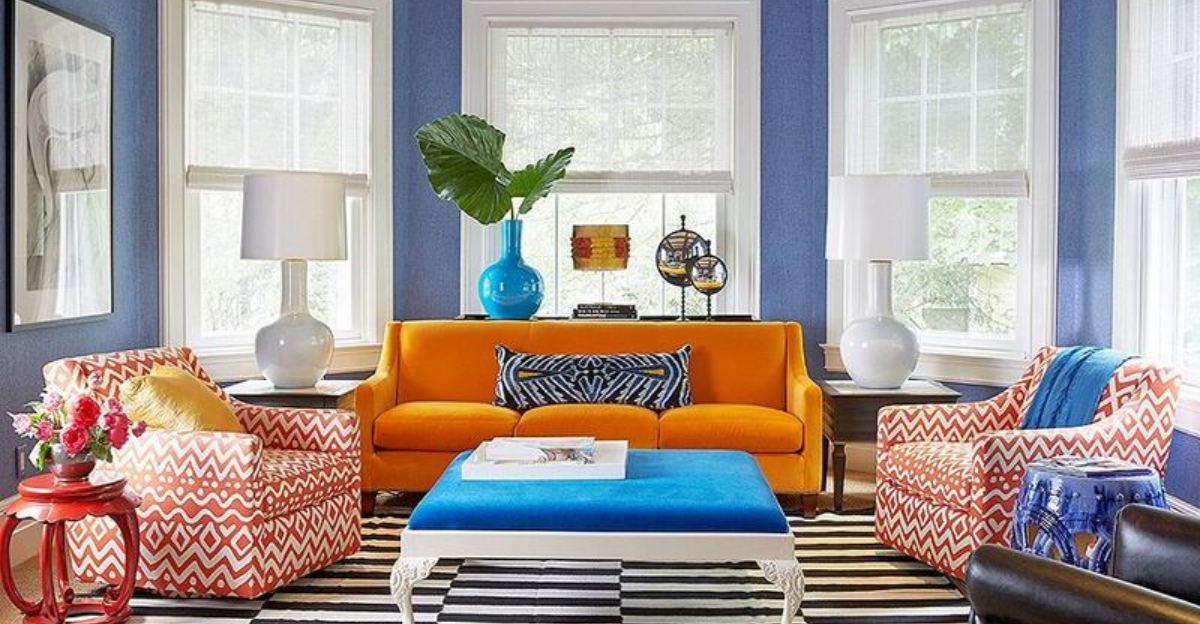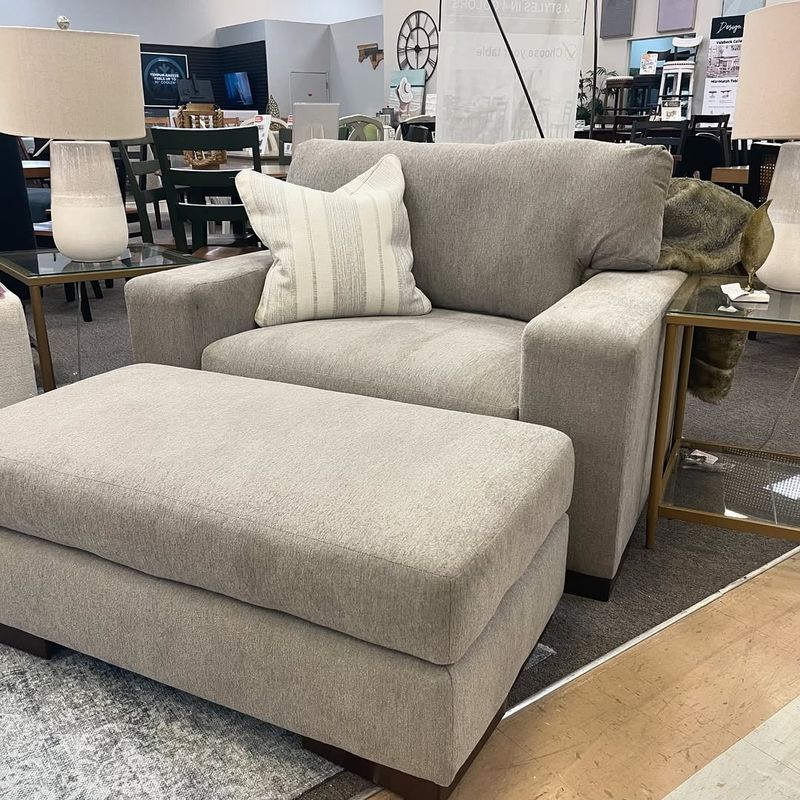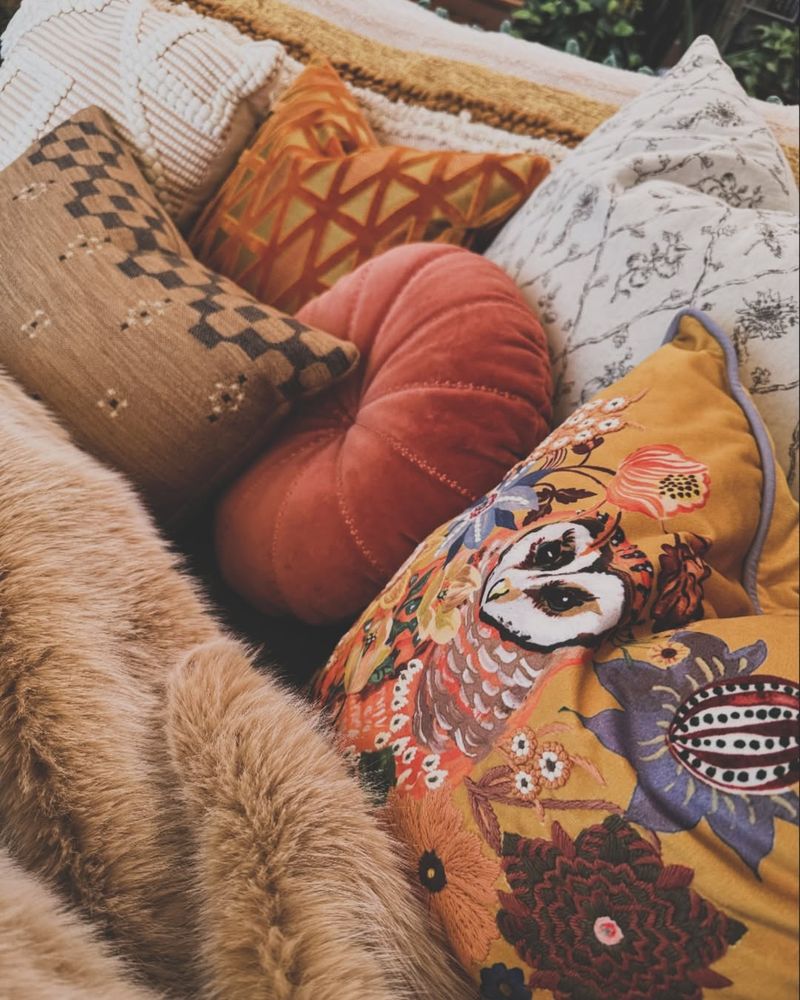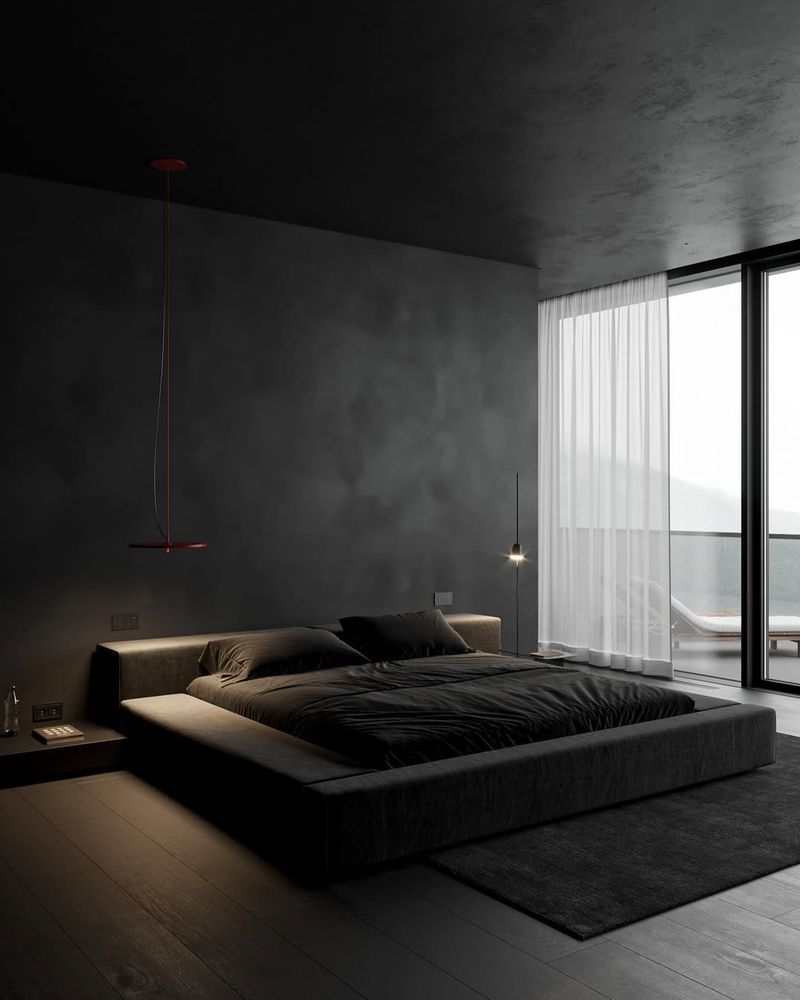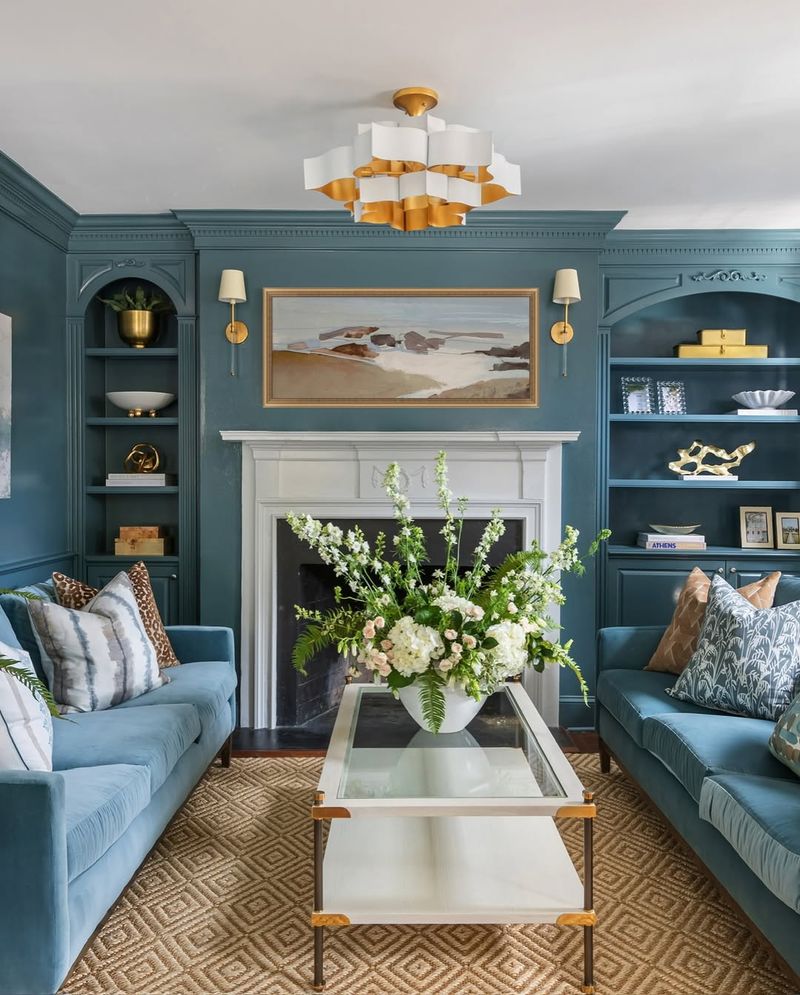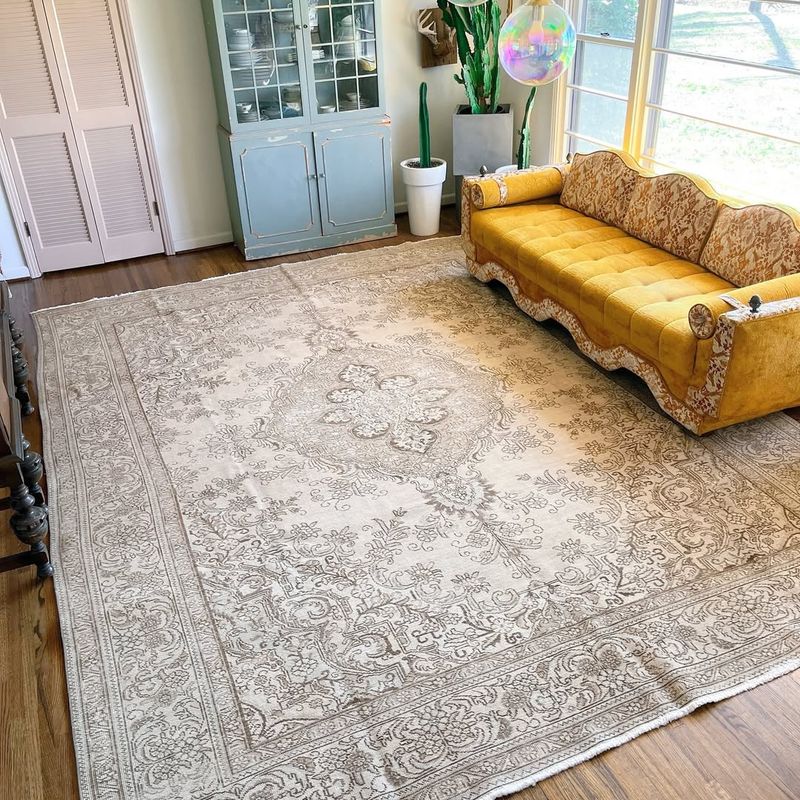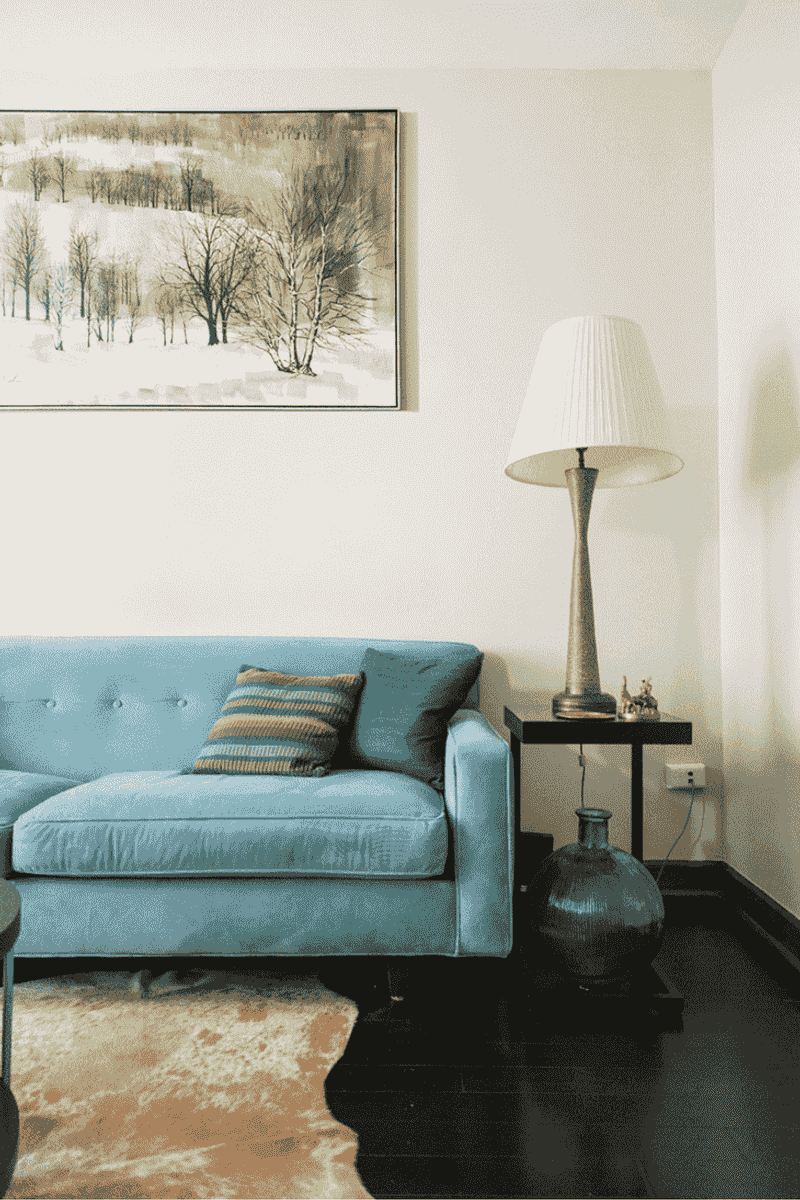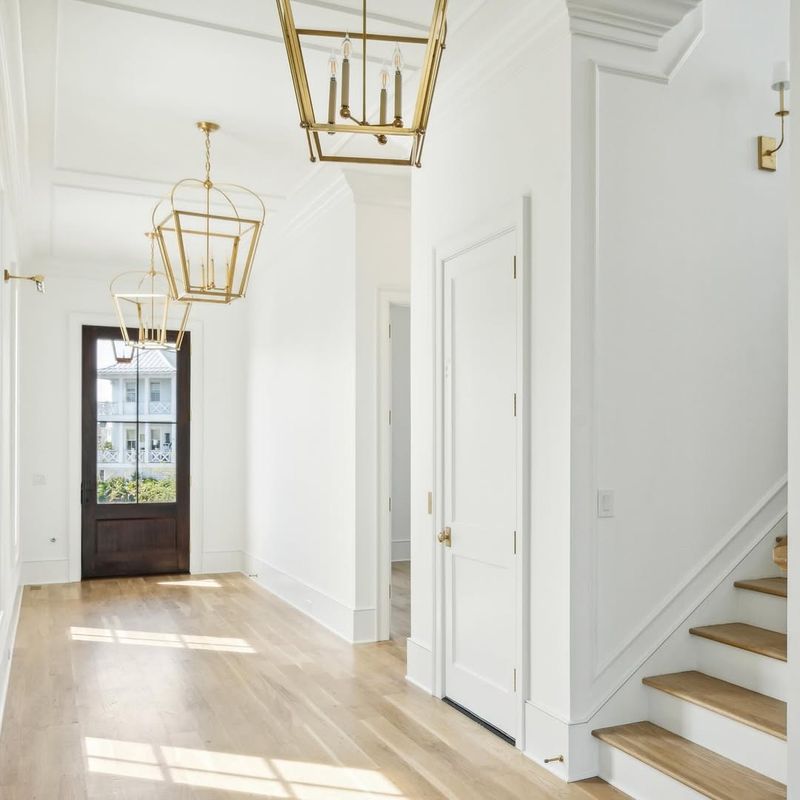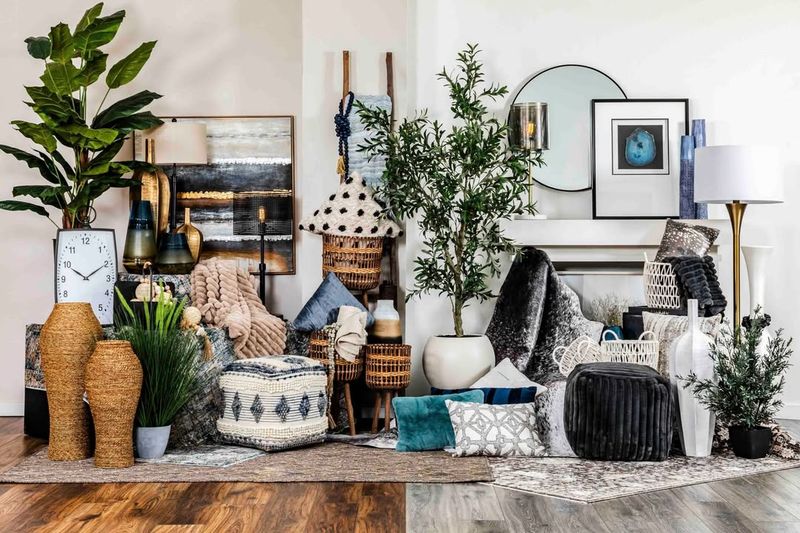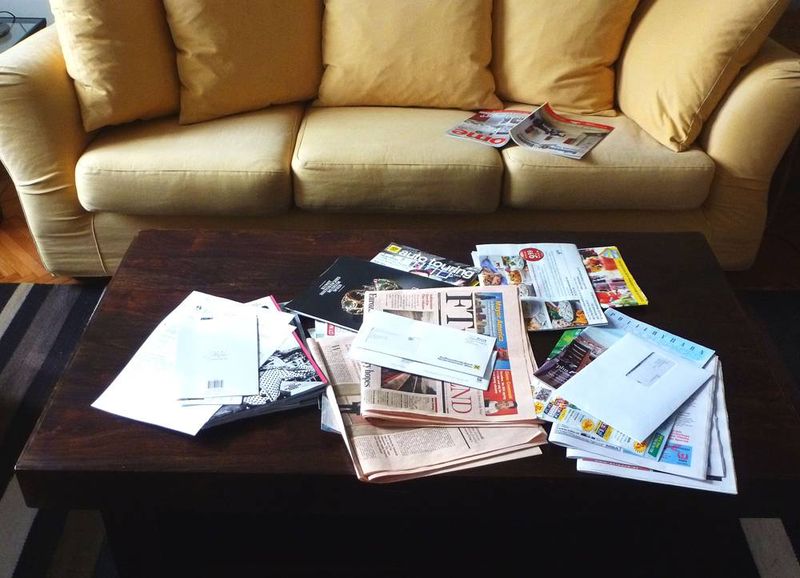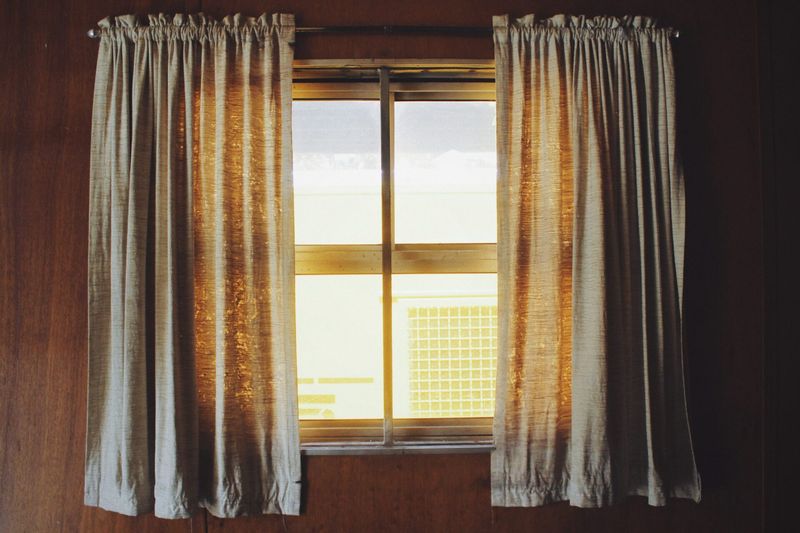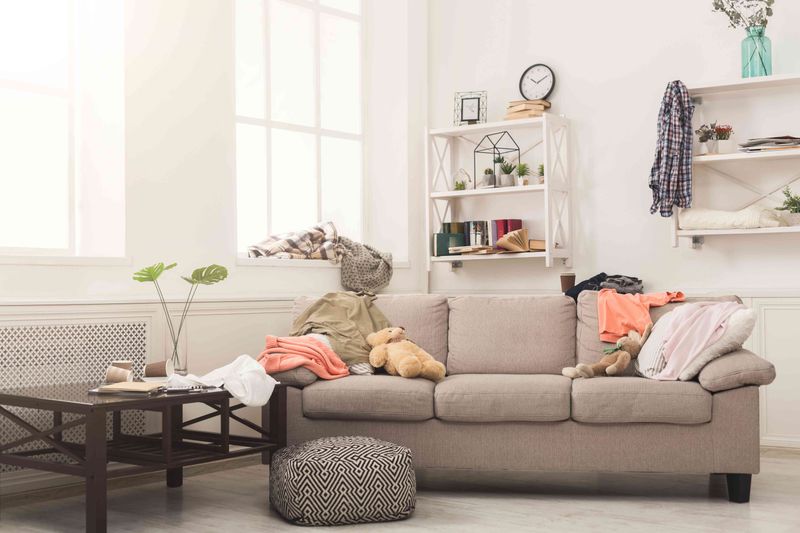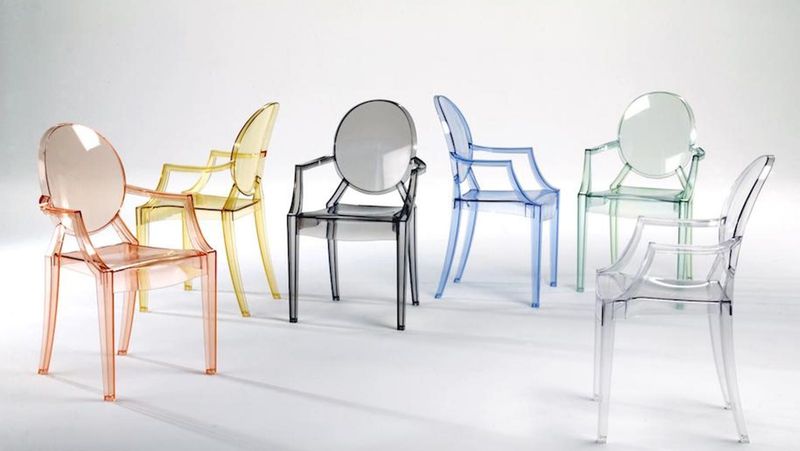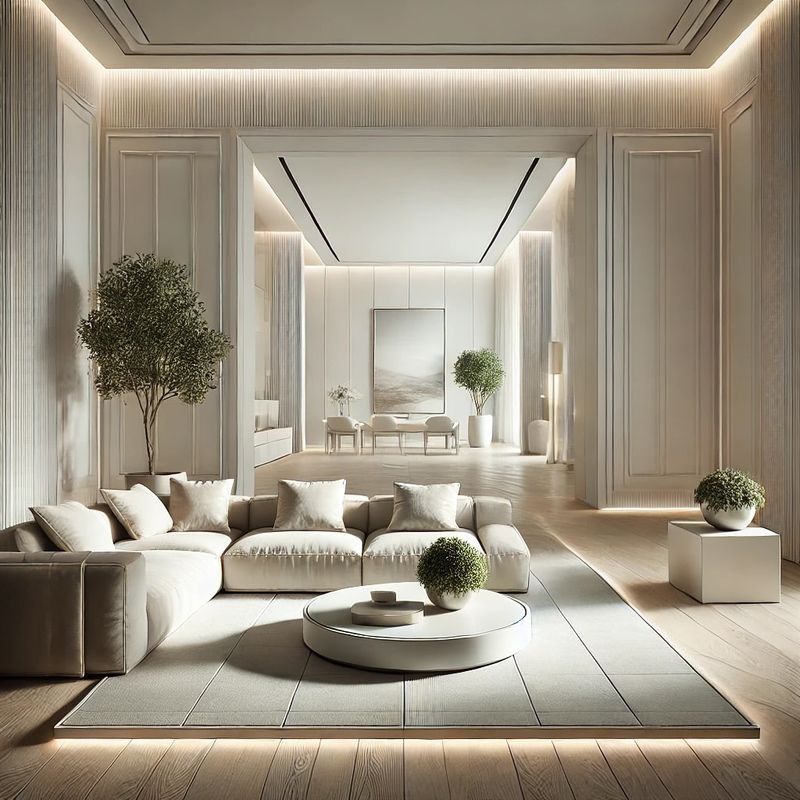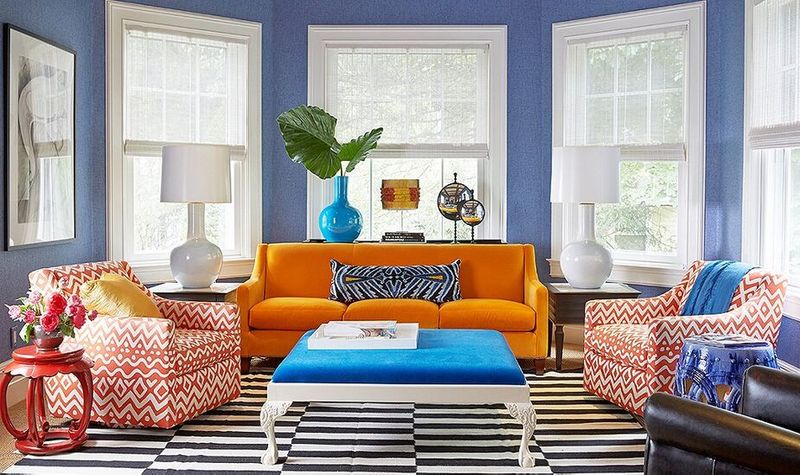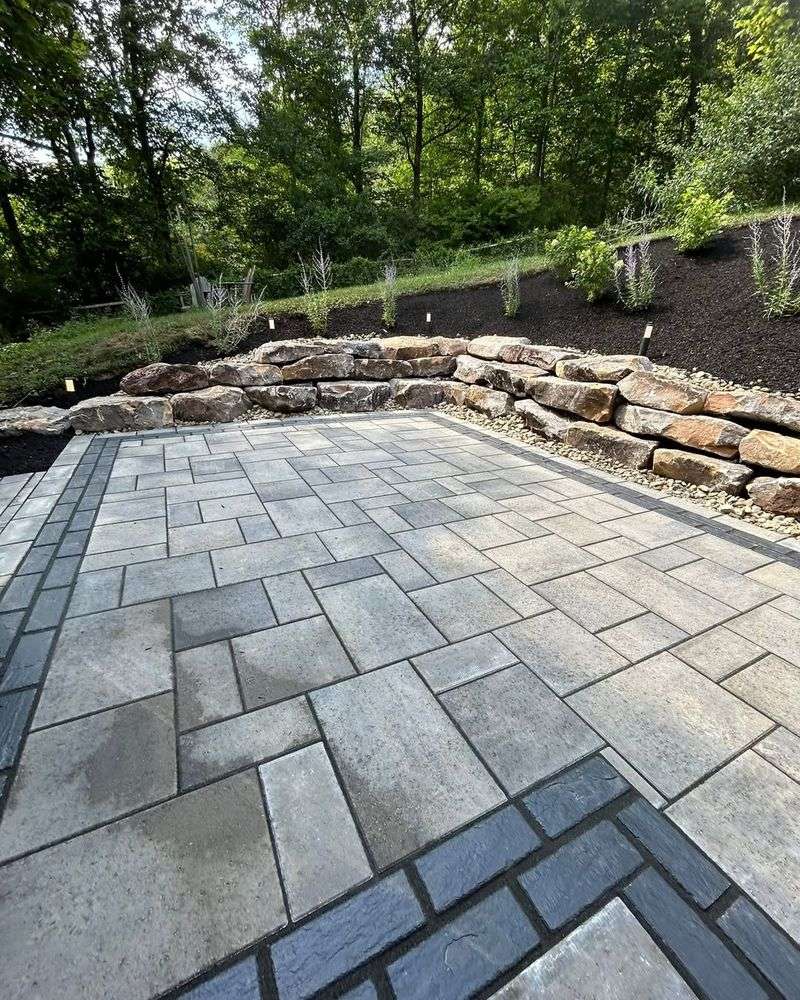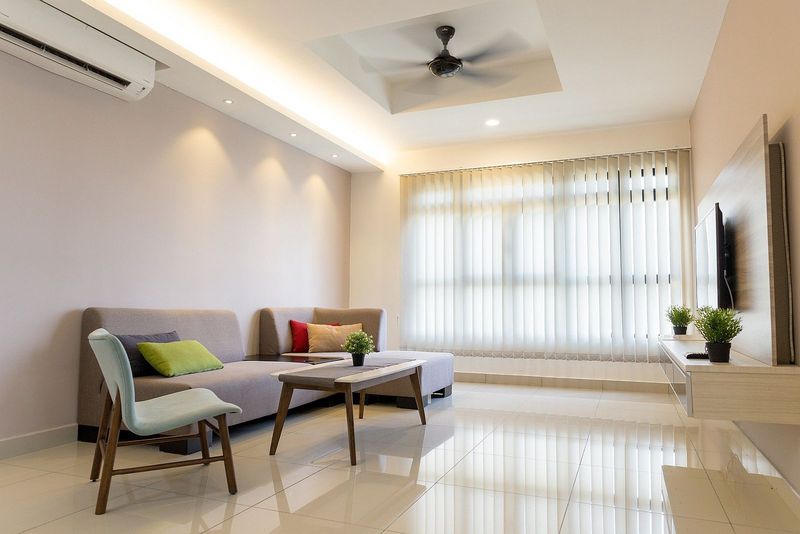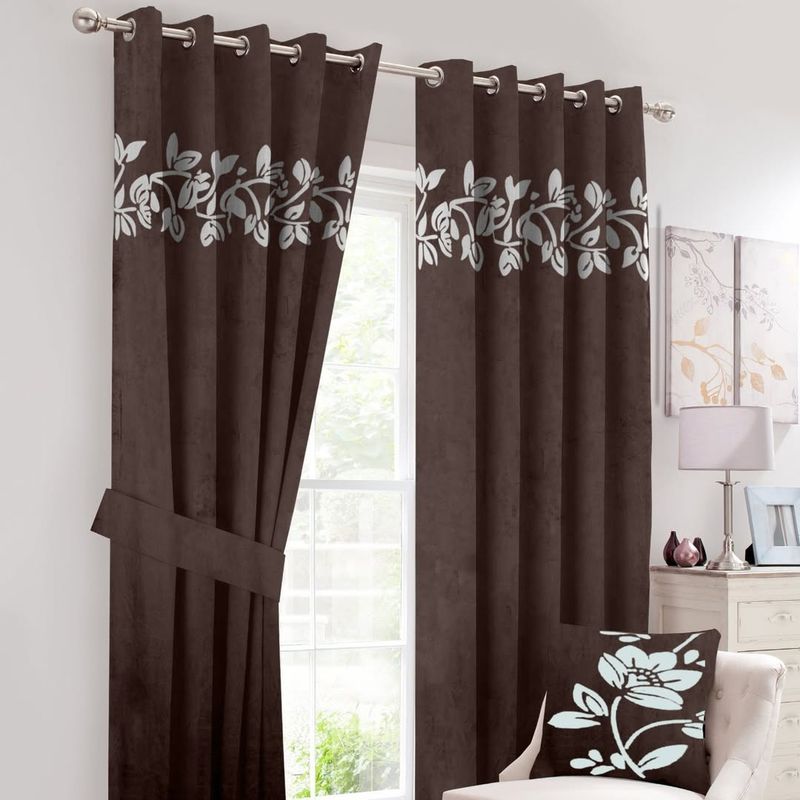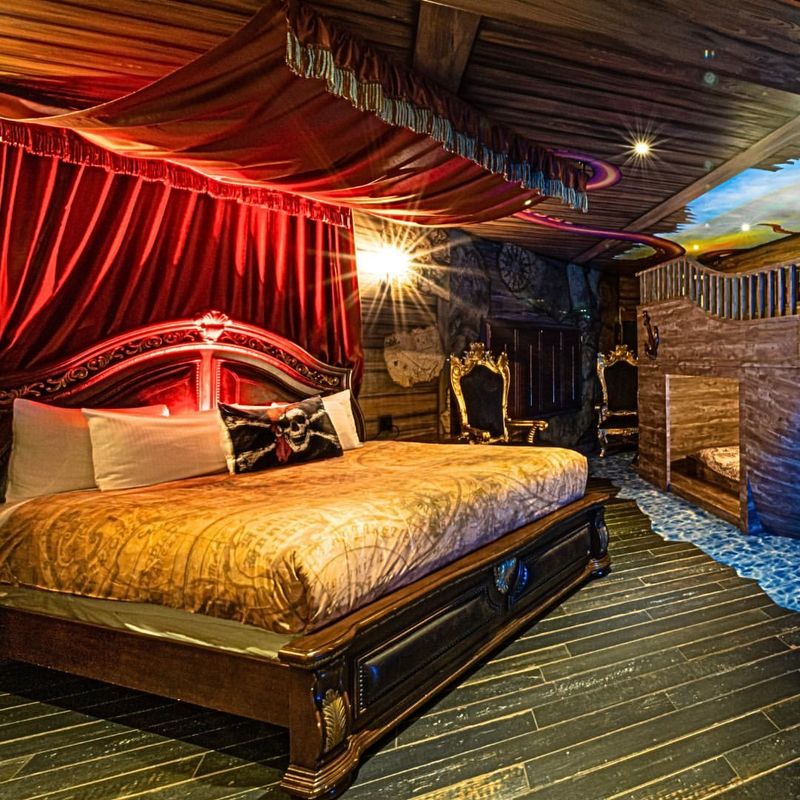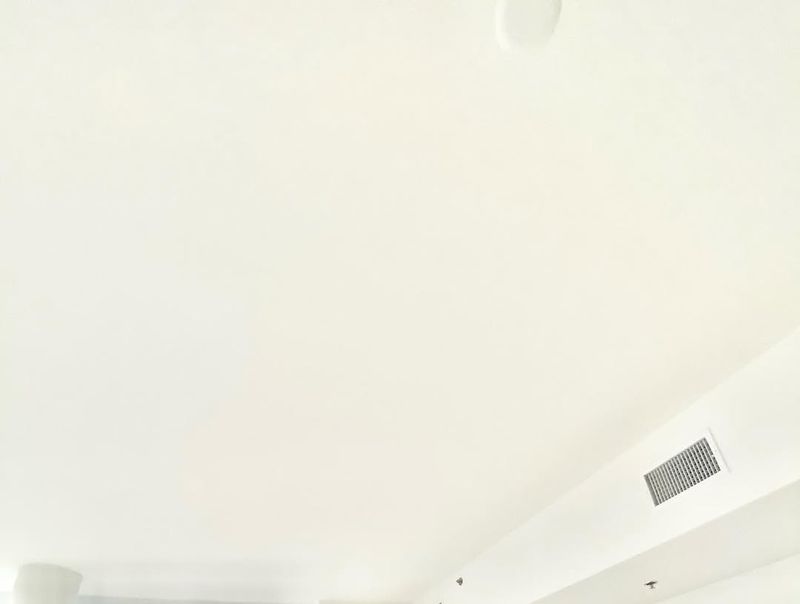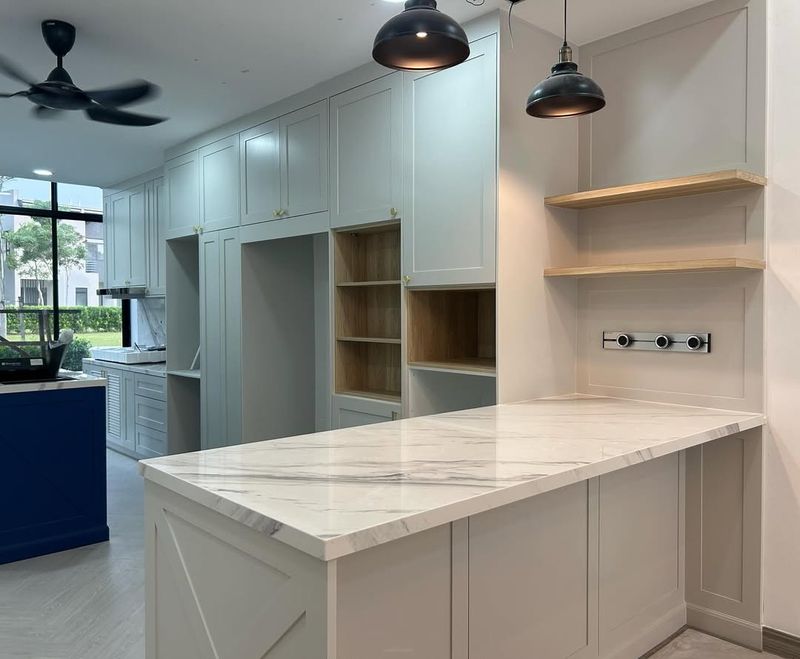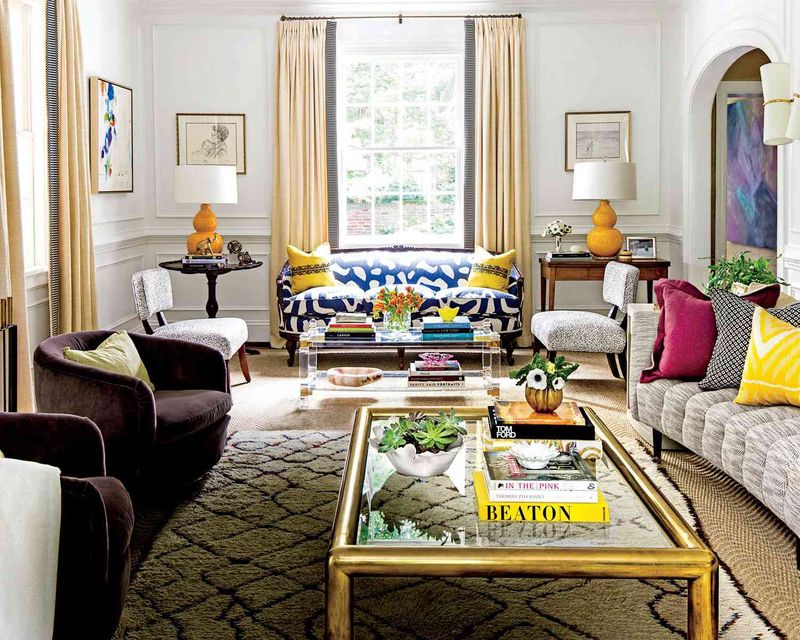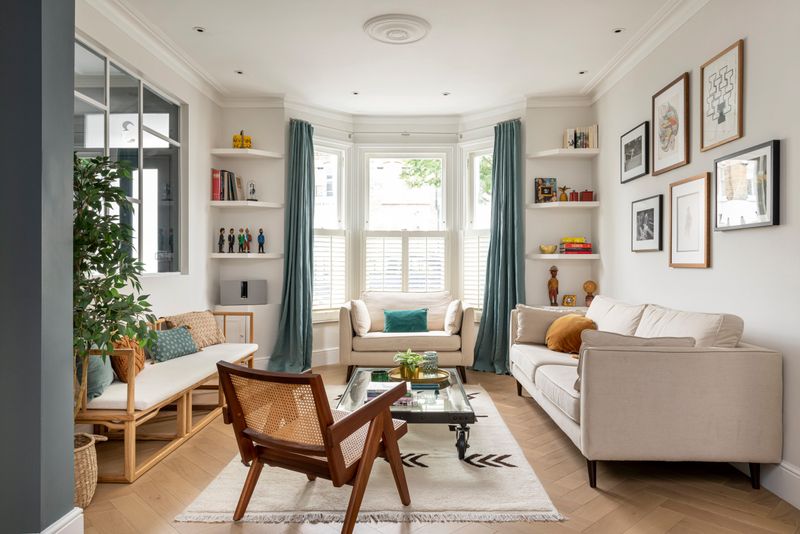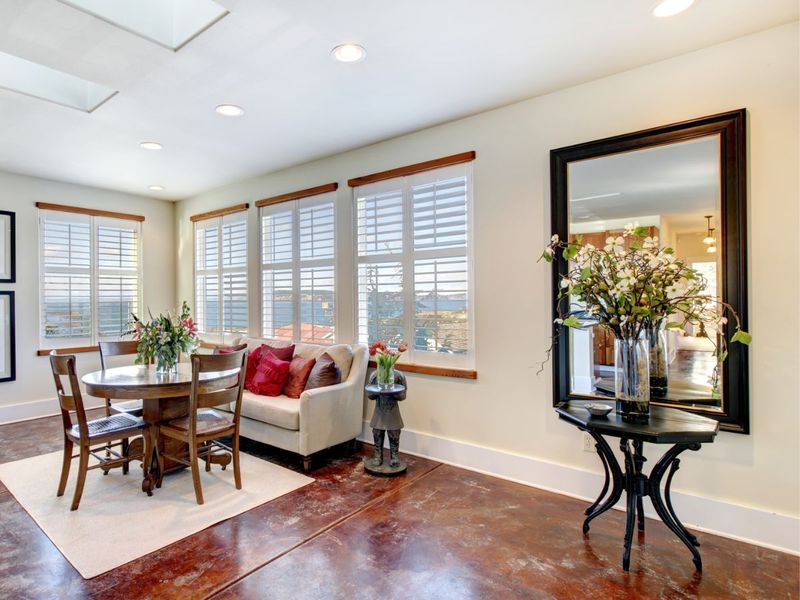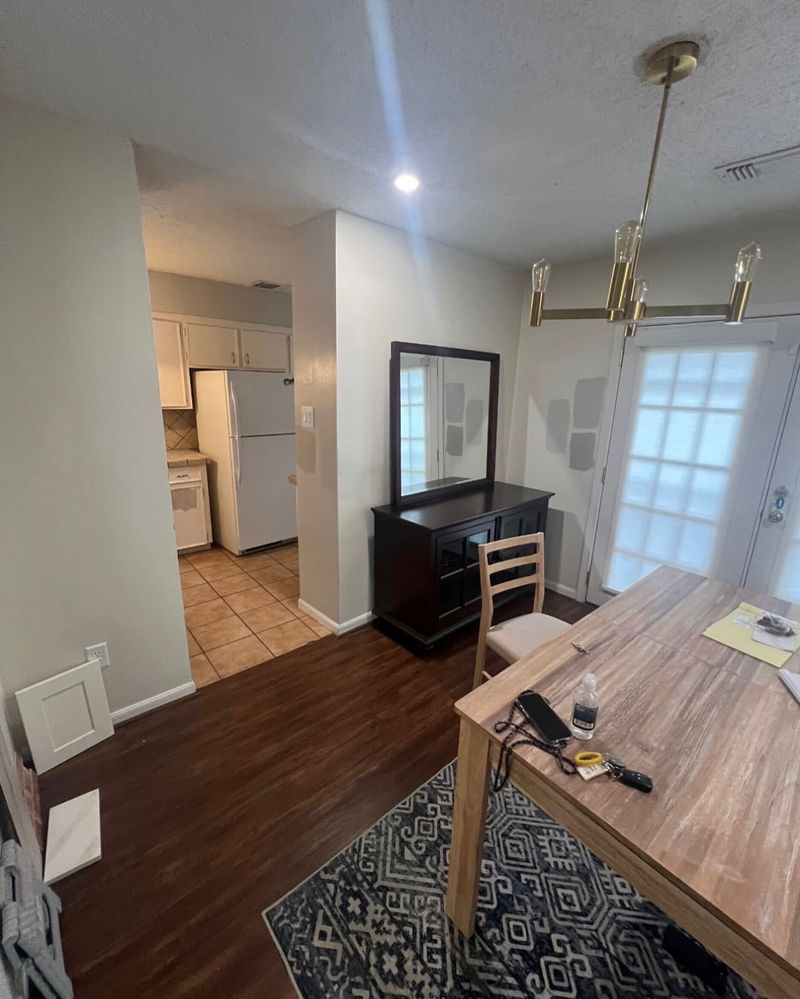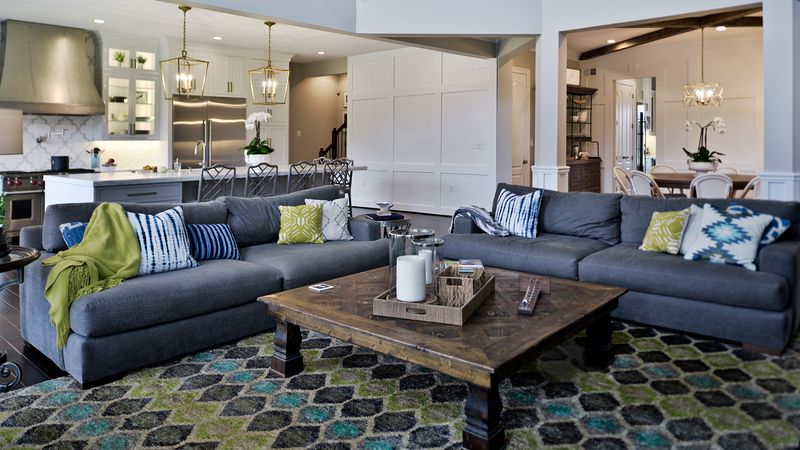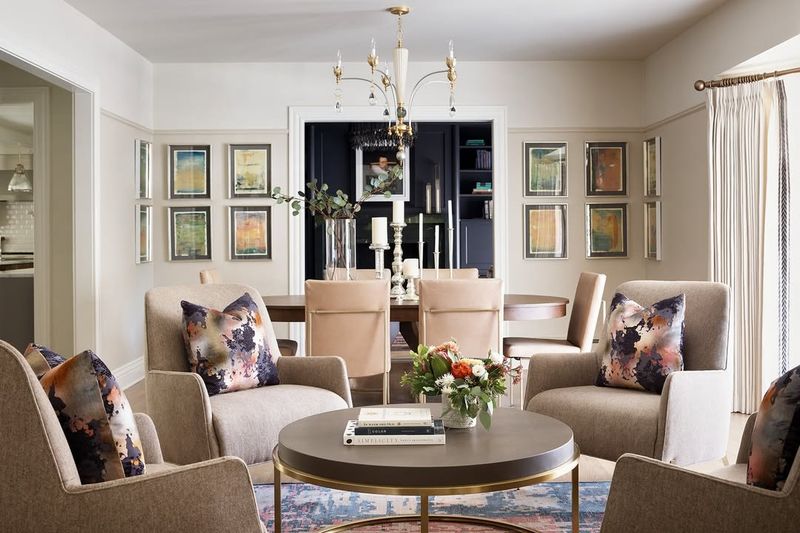The one and only – art of decorating! It’s a delicate dance between personal taste and timeless style, where one wrong step can lead to an expensive faux pas.
Even the most seasoned decorators can find themselves cringing at costly blunders that could have been avoided. Whether it’s a matter of scale, color choice, or simply too much of a good thing, these mistakes can transform a dream space into a designer’s nightmare.
So, grab your favorite cup of coffee, settle in, and let’s embark on a journey through the 27 most common (and eye-watering) decorating missteps that leave designers shaking their heads.
1. Oversized Furniture
Ever walked into a room and felt like you’ve shrunk to Hobbit-size? That’s probably thanks to oversized furniture. While it may seem cozy, a colossal couch can dominate a room and make it feel cramped. Designers cringe at this common mistake.
Opting for furniture that complements the room’s dimensions not only enhances comfort but also aesthetics. It’s all about balance! So, before you drag home that enormous sectional, consider if it fits.
2. Too Many Throw Pillows
Is your sofa suffocating under a mountain of throw pillows? While they add color and texture, going overboard can turn your living room into a pillow fort.
Designers sigh at the sight of too many cushions. Instead, pick a few that complement the color scheme and enhance comfort. A couple of well-placed pillows can do wonders!
3. Ignoring Lighting
Lighting can make or break a room. Ignore it, and you might end up with a space that feels as gloomy as a rainy Monday, and no one likes those! Without the right illumination, even the most beautifully decorated room will fall flat.
Focus on layered lighting – a mix of ambient, task, and accent light can make a room shine. Don’t forget natural light, your best ally!
4. Matching Everything
Ever felt like you’ve stepped into a catalog page? Matching everything might seem like a fail-safe strategy, but it can strip a room of personality and depth. Designers cringe at this uniformity. Contrasting elements add visual interest and create a dynamic space.
Mix textures, patterns, and colors to breathe life into your home. It’s the unexpected combinations that often shine brightest!
So, break free from the matchy-matchy trap and let your creativity run wild. Your room will thank you!
5. Wrong Rug Size
They can define a space, but picking the wrong size is a classic blunder. A tiny rug in a large room can look like a postage stamp, while an oversized one can overwhelm.
Designers prefer rugs that anchor furniture. Ideally, all major pieces should touch the rug, creating a cohesive look.
Before you purchase that Persian beauty, don’t forget to measure. A well-sized rug is the foundation of a fabulous room!
6. Wall Art Hung Too High
Do you ever find yourself craning your neck to admire art? Hanging wall art too high is a common mishap that leaves designers shaking their heads. Artwork should be at eye level, creating a connection with the viewer.
If you’re unsure, have a friend hold the piece while you step back and adjust. The goal is to create a seamless flow between art and surrounding decor.
No one wants to look at art only with a ladder!
7. Neglecting Entryways
First impressions count, and your entryway is the welcome mat to your home. Neglecting this space can make your house seem uninviting. Designers often emphasize the importance of a well-decorated entryway.
Embrace this area with mirrors, tables, and art to set a welcoming tone. It’s where style begins!
So, dust off that barren entry and let it speak to your home’s charm. After all, you never get a second chance to make a first impression!
8. Over-accessorizing
Think of accessories as jewelry for your home. Too much bling, and you risk crossing the line into clutterville. Over-accessorizing is an easy trap to fall into, leaving rooms feeling crowded.
Designers advocate for a curated approach with thoughtful placements. Each piece should have room to breathe and compliment the space.
So, next time you’re tempted by that cute trinket, ask yourself: is it enhancing or overwhelming?
9. Cluttered Surfaces
Imagine surfaces as your home’s calm corners, where the eye can rest. Cluttered surfaces create chaos, leaving designers cringing.
The solution? Organization! Use trays and boxes to contain items, leaving space for essentials and a few decorative touches.
A clear surface is a clear mind. Keep it tidy, and let tranquility reign.
10. Misused Curtains
Curtains should frame a window like a well-tailored suit. Misusing them with incorrect lengths or placements can make windows look awkward.
Hang curtains high and wide, creating an illusion of taller ceilings and larger windows.
11. Underestimating Storage Needs
Storage might not be glamorous, but it’s a necessity. Underestimating it can turn any room into a cluttered mess.
Designers appreciate clever storage solutions that blend functionality with style. Think multipurpose furniture or built-ins.
A place for everything and everything in its place. Keep chaos at bay with strategic storage.
12. Choosing Style Over Comfort
Style is fabulous, but comfort is king. Choosing aesthetics over comfort can result in a space that looks great strive for a balance where beauty meets livability. Test out furniture before purchasing to ensure it’s as comfy as it is chic.
Your home should be your sanctuary, not a showroom. Prioritize comfort!
13. Ignoring Personal Style
Your home should be an extension of you. Ignoring personal style results in spaces that feel impersonal and cold.
We all, including designers, love rooms that tell a story through unique touches and personal artifacts. Embrace what you love, and let it shine. Your space is your story!
14. Bad Paint Choices
Paint is transformative, but bad choices can lead to visual discord. Clashing colors or overly bright hues can overwhelm a space.
Designers often suggest testing samples and considering lighting before committing. The right shade elevates a room and enhances mood.
15. Overlooking Outdoor Spaces
Don’t look at outdoor spaces like something completely separate, they’re also a part of your home. Overlooking them is a missed opportunity for additional living areas.
Invest in quality outdoor furnishings and decor to create inviting environments. It’s about bringing comfort outside and letting the outdoors in!
16. Improper Furniture Arrangement
Furniture should guide the flow of a room, not hinder it. Improper arrangement can make spaces feel awkward and uninviting.
Work on creating a layout that encourages movement and interaction. Consider focal points and pathways and most importantly, arrange with purpose!
17. Ignoring Natural Light
Despite being a room’s best friend, natural light is frequently disregarded. Gloomy spaces might result from blocking it with heavy curtains or bad layouts.
Light is celebrated by designers because it can improve aesthetics and mood. To optimize brightness, embrace windows and objects that reflect light. Let the sunlight in and see how your room changes!
18. Over-the-Top Themes
Overuse of themes can make a space seem gimmicky, but they can also be entertaining. Excessive themes rapidly become unappealing.
Subtle references to themes with elegant accents that offer personality without being overpowering are the ones preferred by designers.
The key is balance. Instead of shouting, let your theme murmur.
19. Neglecting Ceilings
Although they are frequently overlooked, ceilings have the ability to improve architecture. A room may feel unfinished if they are neglected.
Designers love enhancing ceilings with architectural elements, paint, or wallpaper. So, take a look above and show some love to your fifth wall!
20. Ignoring Texture
Despite adding depth and interest, textures are frequently disregarded. Without texture, a room seems uninspired and flat.
In order to create dynamic surroundings, designers use a variety of materials, including metal, fabric, and wood. Which one is your choice?
21. Blocking Flow
The movement of a space is crucial to both comfort and functionality. This flow is disrupted when furniture blocks routes.
Designers choose arrangements that allow for easy mobility, guaranteeing unobstructed paths for entry. Let your room breathe and keep it open!
22. Overuse of Trends
Although trends change, excessive use can soon make a space outdated. If you depend too much on trends, you run the risk of losing your classic appeal.
Designers promote equilibrium by judiciously combining traditional components with emerging ideas. Feel free to stay in style, but keep your room timeless!
23. Lack of Focal Points
Every room needs a star, but a lack of focal points can leave spaces feeling unfocused. Without a visual anchor, decor lacks direction.
Designers often create focal points with statement pieces like fireplaces, artwork, or furniture. Find your star, and let your room shine around it!
24. Misplaced Mirrors
Even though mirrors are enchanted, poorly placed ones can add clutter or reflect unflattering images. Proper positioning improves space and light.
When placed correctly, mirrors may reflect light and provide the impression of depth, which is why designers adore utilizing them. With careful thought, consider how mirrors might enhance your room!
25. Neglecting Maintenance
Even the best designs require upkeep. Neglecting maintenance can lead to wear and tear that diminishes beauty.
It’s important to stress the importance of regular cleaning and care to preserve aesthetics of your space. Keep it fresh, and let your decor sparkle with ongoing care!
26. Forgetting Functionality
Form and function should go hand in hand, but forgetting functionality can lead to frustration. Beautiful designs with impractical layouts hinder usability.
It’s important to prioritize functionality alongside style, ensuring spaces work for everyday life. Design with purpose, and let your home serve you well!
27. Overly Formal Spaces
Formal certainly doesn’t have to mean uninviting. Overly formal spaces can feel stiff and lack warmth, making them less livable.
That’s why it’s good to infuse formality with comfort, creating elegant yet inviting environments.

